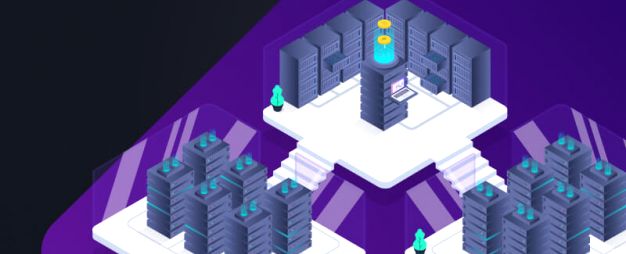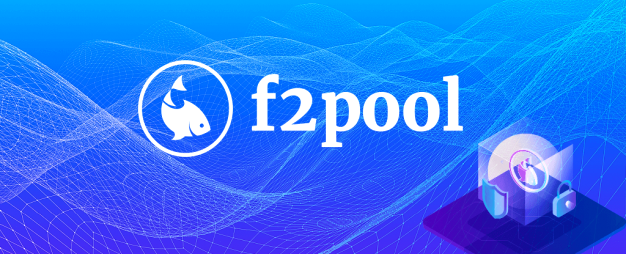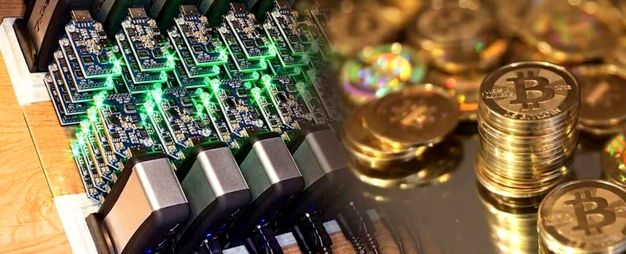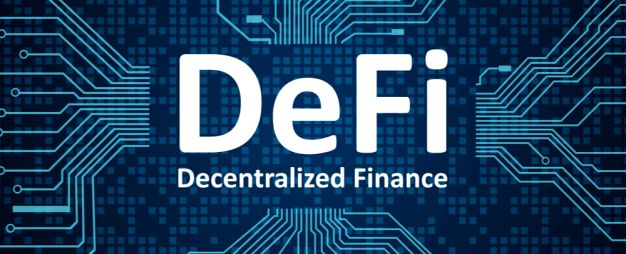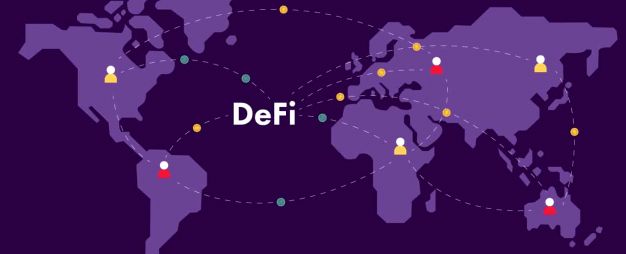How much can you earn from mining in 2024

Mining in 2024 will significantly differ from 2023 due to the fourth scheduled halving of BTC, which will dictate the terms of the crypto industry's development. Participants in the digital business are questioning whether it will be possible to earn from mining in 2024 and what the monetary equivalent of the rewards will be. Determining the constant of the future mining process is possible after a detailed study of the factors influencing profitability.
Why is Bitcoin the basis of miners' income?
BTC is a type of digital currency that operates on a blockchain-based protocol. Bitcoin is the first representative in the cryptocurrency market with a reliable payment system and decentralized management. Its financial share is $507 billion out of the total cryptocurrency market capitalization of $1 trillion. Satoshi Nakamoto (the pseudonym of an anonymous group) developed the coin's blockchain in 2009. The main values of the monetary system include the even distribution of powers among participants and absolute transparency. Users can track transactions on the network and conduct financial activities peer-to-peer without third-party intervention through a peer-to-peer network.
Key technical characteristics of the digital currency:
- Absolute security: The blockchain mechanism is highly secure against hacks and fraudulent activities. Each BTC transaction is controlled by special nodes (special software) that perform complex mathematical calculations, determining the right to mine the transaction in the blockchain, rendering other participants unable to control the network. The transaction is then automatically recorded in the blockchain, making it immutable.
- Decentralization: Bitcoin is an uncontrollable monetary system, not governed by central financial structures or the government. This feature allows independent management without involving third parties, preventing transactions from being seized or blocked.
- Real monetary system: BTC is a digital currency unit that facilitates various global financial transactions. Transactions have instant processing speed and low transaction costs.
- Privacy: Bitcoin operations do not require identity confirmation or the provision of an email address. Peer-to-peer BTC transactions occur over the Internet and, if conducted incorrectly, only gain pseudonymous status.
Economic freedom with Bitcoin has limited status due to the presence of a finite amount. The total number of BTC is 21 million. Due to this condition, the digital coin undergoes a mandatory stage in its development - halving. This process involves reducing the reward by 50% and increasing the value of Bitcoin. The event occurs after mining 210,000 blocks, which happens every four years. The next event is expected in March/April/May 2024 and will be a starting point for many miners in determining profitability.
What is the relationship between halving and mining?
Halving and mining have a direct connection. The Bitcoin rebranding process involves reducing the reward amount. At the start of Bitcoin mining, each participant received 50 BTC per block. The first halving reduced this amount to 25, and the last one (in 2020) to 6.25. In 2024, the reward will be 3.125 bitcoins. However, it's worth noting that the Bitcoin price will increase from $80,000 to $150,000 per unit, and its market capitalization in the segment will rise to $3 trillion. The mining process and distribution will also become significantly more complex. In light of these events, leading mining equipment manufacturers are initiating the process of upgrading miners.
Mining is a digital platform for extracting digital currency, "virtual gold," by performing complex mathematical calculations. The internal mechanism of cryptographic operations aims to confirm transactions and incorporate them into the blockchain. Specialized computing equipment, miners, performs these complex calculations. Companies manufacturing these devices are directing their efforts towards increasing performance by improving technical specifications:
- Hashrate: This is the ability of miners to perform calculations within a specific unit of time (second). It determines the technical cumulative power of the equipment, and the higher the value, the greater the likelihood of increased mining profitability. New equipment will perform calculations in gigahashes and terahashes.
- Energy efficiency: The consumption of equipment is a crucial component in calculating profitability. Computing equipment is highly energy-consuming, requiring 2000 kW and more for functionality. Therefore, these indicators will have optimal values to achieve positive results.
- Hashing algorithm: Updated computing equipment will operate on the SHA-256 family of cryptographic algorithms, ensuring a reliable connection and 100% uniqueness of the obtained code.
The comprehensive upgrade of the crypto industry and the release of new miners contribute to the increased possibility of obtaining positive results and enhancing competitiveness among solo miners and large mining farms.
